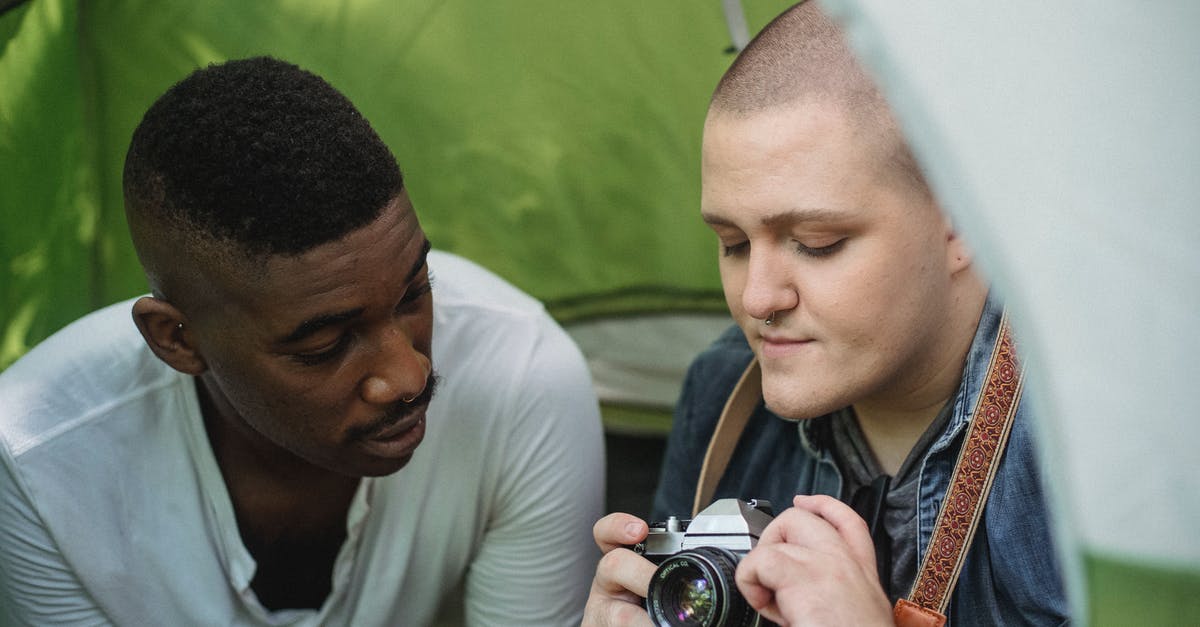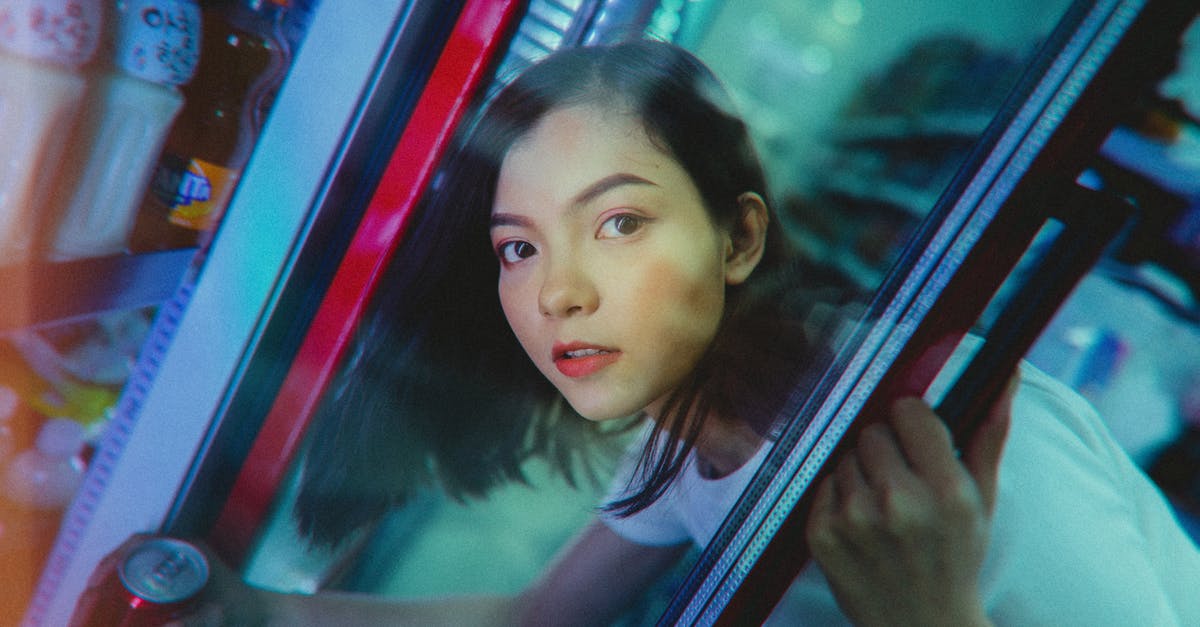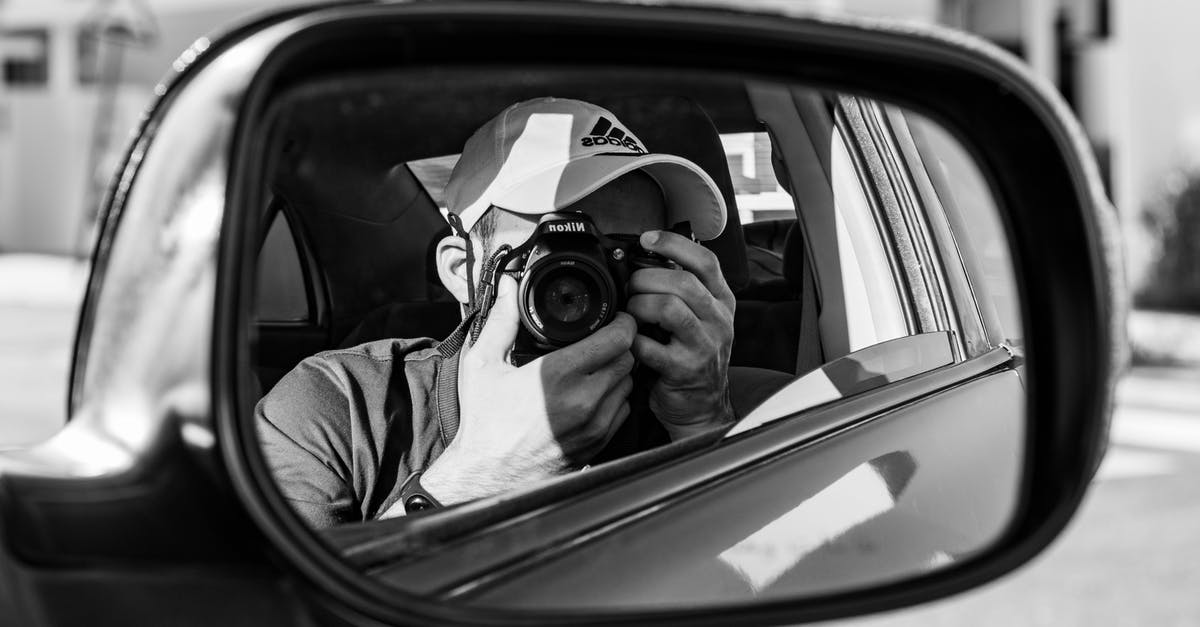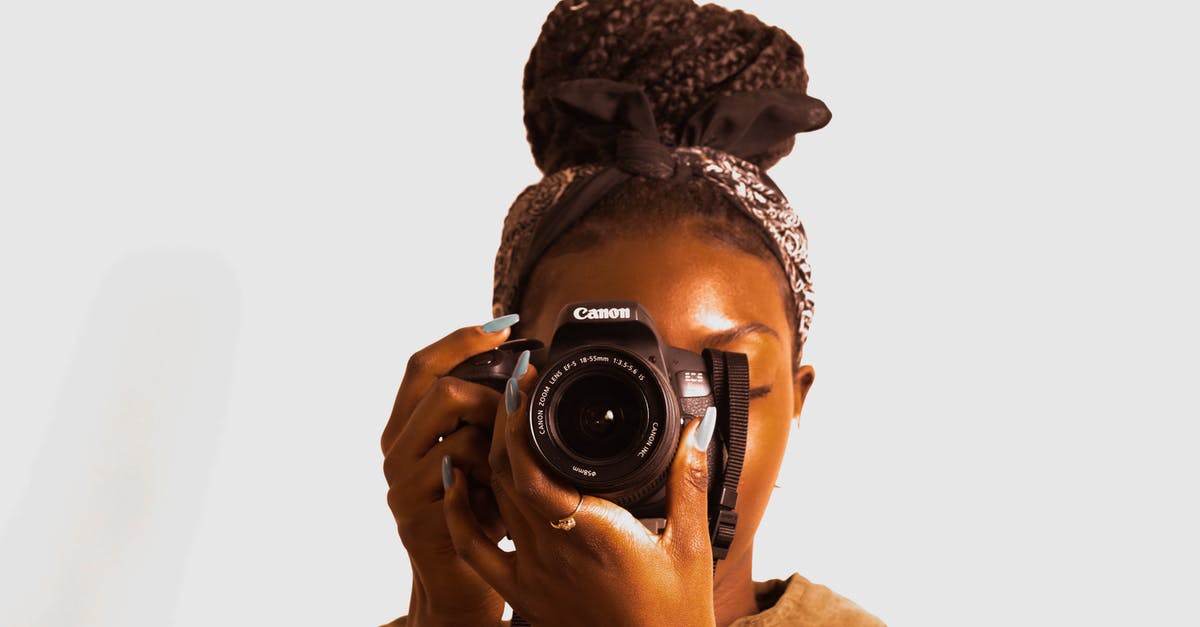Can you use a camera during take off and landing?

Based on this question I wondered how the rules are about using a camera during take off and landing, and whether they differ for different kinds of cameras. And by whom the rules are made and enforced.
From seeing what happens during the flights I have been on, I would say there are either no rules or the rules are massively ignored. Or just unknown. A quick internet search gave conflicting information, that on top of the change to rules about small electronic items in planes.
These days most cameras are digital ones, some even have wireless connections options, but some people still use chemical ones. So if there are rules, do they cover all cameras?
I am European and most of my flights are within the EU or between Europe and North America, in case that makes a difference. But if you have 'rules' for other parts of the world I would also like to see them.
I mostly do not take photos at take off and landing, but I would love to do more. This is a photo I took, just in the air, leaving Keflafic in Iceland.

Photo of the Icelandic coast, by Willeke.
This photo can be used by all (public domain).
Best Answer
There are no specific regulations against taking photos during take off and landing - as long as you are not endangering the crew and passengers.
Each airline, however is free to have their own policies. For example some will not allow cameras with external battery packs.
For more detailed discussion on this, check out this post on photo.stackexchange.com.
Keep in mind take off and landing are the most critical parts of the flight and it is where most accidents tend to happen.
These days most cameras are digital ones, some even have wireless connections options, but some people still use chemical ones. So if there are rules, do they cover all cameras?
If you are using a cellphone camera, then make sure your phone is in "airplane mode".
If your camera has wifi/bluetooth - it is wise to turn off these options as long as the seatbelt sign is fastened - perhaps during the entire flight if not just to save the battery.
"Chemical camera" - I am not sure what you mean here, because as of 2010 there are no more Kodachrome processors. So I doubt you'll see many with these cameras.
My personal recommendations:
- Carry one standard fast prime, one wide fast prime. You won't need anything else since the cabin is quite a small environment. It also has very low light - so carry a fast prime instead of a flash which can be distracting to other passengers. A fisheye also comes in handy, especially if you are shooting cabin shots, like this:

Avoid using the flash; even on your portable camera or cellphone.
Tripods are not allowed to be setup in the aisles for safety.
Selfie stick = No.
Pictures about "Can you use a camera during take off and landing?"



Can I record while on the plane?
United: \u201cThe use of small cameras or mobile devices for photography and video is permitted on board, provided that the purpose is capturing personal events. Photographing or recording other customers or airline personnel without their express consent is prohibited.\u201dCan we use camera in-flight?
Yes, you will be able to fly with a DSLR camera in both your hand and checked luggage. However, if you are carrying it in your carry-on luggage, which we recommend, you should check with the airline that your camera will be able to fit in the overhead bin and not need to be gate-checked.Can you be on your phone during takeoff?
Yes, It Still Has to Be In Airplane Mode It also means disabling WI-Fi and Bluetooth, unless the airline offers in-flight Wi-Fi and allows you to turn the Wi-Fi on. While you can play mobile games on your smartphone during takeoff, you can't send text messages, or have a phone conversation.Can you use an iPad during takeoff and landing?
Using iPad, iPhone and most portable electronics during taxi, takeoff and landing, is fine, as long as said devices do not use cellular networks, and as long as the devices are approved by the operator of the aircraft.MUST SEE Antonov 12 Outboard Cam during Takeoff, see engines and landing gear AT WORK! [AirClips]
More answers regarding can you use a camera during take off and landing?
Answer 2
All airlines I've flown with in recent memory have required that all personal electronic devices must be put away and stowed underseat or in the overhead bins during takeoff and landing. As far as my understanding goes, this is not due to being electronic as such, but simply to minimize the number of heavy (or heavy-ish) loose items that could become dangerous to have flying around the cabin in case of a crash or something else violent happening.
It stands to reason that this rationale would also apply equally to cameras, no matter whether they happen to be mechanical film cameras.
I would expect to be asked politely to put a camera away if I was waving one about when the attendants come through the cabin to verify the correct configuration for takeoff or landing. The cabin crew may not find it cause for getting up and walking around if you start pulling out a camera after they've already sat down themselves, but it might earn you some stern words afterwards.
Answer 3
I was just sent a mail by GOL, a Brazilian Airline, saying that they allow the use of all electronics during the whole flight (though with some limitations on wifi and bluetooth).
So, there's no consistency and, apparently, no harm in using cameras at all.
Sources: Stack Exchange - This article follows the attribution requirements of Stack Exchange and is licensed under CC BY-SA 3.0.
Images: Kamaji Ogino, Khoa Võ, San Photography, ATC Comm Photo
